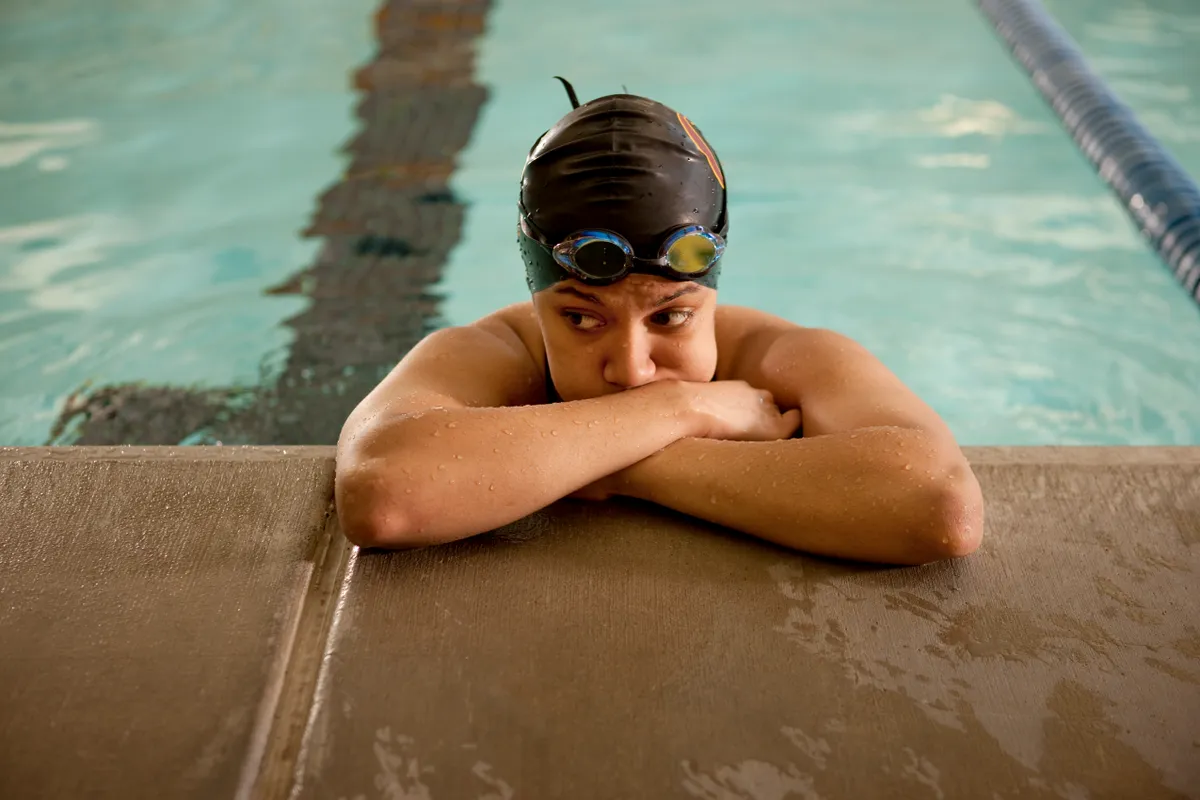Oddly, you might think, this was a subject I really wanted to cover as it’s not often talked about in social circles. But yeast infections are something that many females, and in particular female runners and cyclists, regularly suffer from.
When I started to research how yeast infections specifically can be brought about by intense exercise –in other words, any exercise that causes us to sweat to the point of it affecting our nether regions – I came across the term ‘sports vagina’.
So it does have a name and is more than simply an unspoken inconvenience we’re all just quietly trying to treat. But the good news is that there are ways to prevent and cure it. No longer do our vaginas have to suffer in our quest to be fitter and stronger! Brilliant. Let’s hear more…
Sweaty nethers
First off, even though ‘sports vagina’ is a proven condition, it’s not actually an official medical condition. However, there’s a lot to learn about what symptoms to look out for, ways to avoid it and what to do to help alleviate symptoms.
So, let’s discuss the vagina. The vagina is a powerful passage leading from your uterus to your vulva, which includes your external reproductive organs, otherwise known as your genitalia. It’s actually a pretty amazing self-cleaning organ, but the vaginal and vulval area also produce sweat.
During exercise, to ensure our bodies don’t overheat, we secrete sweat from 2-4 million sweat glands located throughout the skin. There are two types of sweat glands:
• Eccrine: usually odourless and which can be found in the soles
of the feet, palms, forehead
and cheeks.
• Apocrine: these are the ones found in the genital region and armpits, and produce a thicker liquid than eccrine glands. When in contact with bacteria, this can create a smell, i.e. body odour.
This type of sweat can lead to some discomfort when exercising, particularly if you don’t wear the appropriate gym gear. Synthetic fibres, such as Lycra and elastane, can cause friction and a warm, moist environment – a breeding ground for bacteria and yeast.
When you exert yourself physically you can also experience an intra-abdominal pressure that leads to a secretion of vaginal discharge. This, combined with prolonged friction and a lack of ventilation to the vaginal area (typical of long runs, bike rides, and swims), means vaginal discomfort and yeast infections can quite often be a foregone conclusion.
If you have ‘sports vagina’ you may experience either mild or severe symptoms, depending on the intensity and frequency of your workouts. Here are some of the symptoms to be on the lookout for: vaginal itching, vaginal redness, vaginal irritation, vaginal chafing, and strong vaginal odour.

What is thrush?
So breaking down the delightful treats we may experience as a result of ‘sports vagina’, the most common is the yeast infection, which is an overgrowth of the ‘candida fungus’ and is more commonly known as ‘thrush’. Here’s what to look out for:
•
A thick, white discharge that resembles cottage cheese.
•
Vaginal itching.
•
Vaginal burning, especially when in contact with urine.
• Painful sex.
• Vaginal redness.
If you’ve ever had a yeast infection, you’ll know it’s not one to go away on its own. There are anti-fungal suppositories and creams you can get over the counter, but if it’s an ongoing issue you can also speak to the doctor about a prescription vaginal and oral anti-fungal medication.
It’s also been recommended to take probiotics and eat probiotic-rich foods such as yoghurt to prevent infections.
What is bacterial vaginosis?
Another infection that thrives in warm, sweaty environments is bacterial vaginosis (BV). It’s caused when the balance of good and bad bacteria in your vagina is off kilter. Although not everyone with BV experiences symptoms, it may cause a fishy vaginal odour and grey discharge.
Luckily BV can sometimes go away without treatment, but there are prescription medications such as metronidazole or clindamycin to treat persistent symptoms.
What is vestibulodynia?
Vestibulodynia is another condition to be wary of, although it’s not caused by exercise specifically. The vestibule is a sensitive area joining the vulva to the vagina, which produces the fluids to keep it healthy and clean.
Vestibulodynia is a persistent pain experienced in this area and therefore anything that puts pressure on the area will only make it worse, so it’s advised to avoid those types of exercise until it becomes less painful.
You can also try applying A+D ointment or petroleum jelly to the affected area to protect your skin and promote healing. Lidocaine gel and witch hazel may also help.
What is a pelvic prolapse?
Another condition that’s worth a mention is pelvic prolapse. Some of my clients have experienced this due to childbirth and it’s something I will cover in more detail in a future issue, but to offer a short synopsis…
The pelvic area is weakened due to intense pressure or trauma and as a result the internal organs such as your bladder, uterus, and rectum fall out of place and push against the vaginal area creating a bulge.
There are exercises to strengthen the pelvic and vaginal area to help prevent prolapse such as pelvic squeezes or kegels, but it’s advised to avoid any exercises that will exacerbate the prolapse if you do have one – high-impact exercises, jumping, running, for example.
It’s also worth seeing a specialist in the pelvic floor or your GP to offer guidance on specific and regular exercises you can do at home to help build strength and avoid further weakening.
How to prevent and treat ‘sports vagina’
- Go to the toilet before exercise to avoid a build-up of bacteria and acidity in your urine.
- Apply a protectant such as a thin layer of emollient, e.g. calmoseptine, vaseline or A+D ointment, prior to your workout/session.
- Stay hydrated before, during and after exercise.
- Eat a diet full of healthy fats, protein and fibre, such as nuts, avocado, lean meats and fish, wholegrains and vegetables.
- Remove clothes and dry off immediately after exercise. If you don’t have time to shower, change your underwear and wear other clothes.
- Avoid scented feminine care products and don’t overwash the vaginal area.
- Wash all your sports clothing after each use.
- If swimming, don’t sit in your wet swimsuit for long.
- Take regular breaks when exercising to help cool you down.
- If you have any symptoms, avoid swimming and cycling until they ease and swap tight leggings for loose-fitting, cotton trousers.
- Don’t ignore any symptoms. If you have regular vaginal irritation, go straight to the chemist or doctor for treatment.
Top image credit: Getty Images
